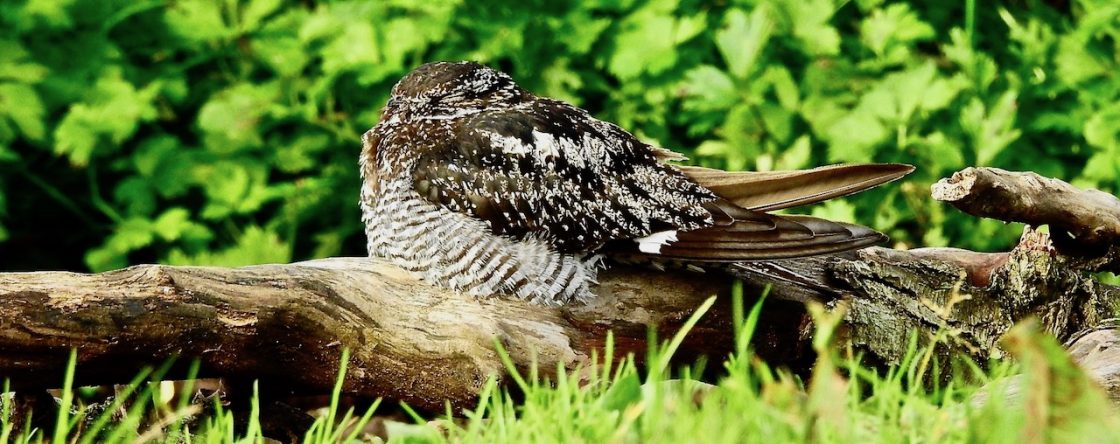
Lifting their toes as the cold waves washed over them, the Dunlin were like children bracing themselves for a paddle in brisk Blighty shallows as I surveyed the high tide north of Burbo Bank yesterday.
Plenty of Lapwing (575+) roosting on the sandbanks with 84 Curlew and smaller numbers of Grey Plover, Sanderling and even a stray Snipe, but as the tide seeped in they left and headed up towards the Alt, leaving only small numbers of Turnstone, Dunlin and Grey Plover roosting nearer Hall Road – situation normal in November.

Totally greyer today though, with a dense mist hanging over Liverpool Bay that hid the Lennox rig on the horizon as I braved a quick seawatch on the rising tide at Ainsdale between 1230 and 1315.
I wasn’t expecting much, and I wasn’t disappointed.
8 Red Throated Diver, 5 Great Crested Grebe, 1 drake Red Breasted Merg heading north and approximately 2,000 Common Scoter visible in the murk.
A few parties of Common Scoter were quite close to shore, but most were blobs on the grey swell.

Clearer visibility would doubtless have revealed more, but it was better than a poke in the eye with a blunt banana.
Marginally.













